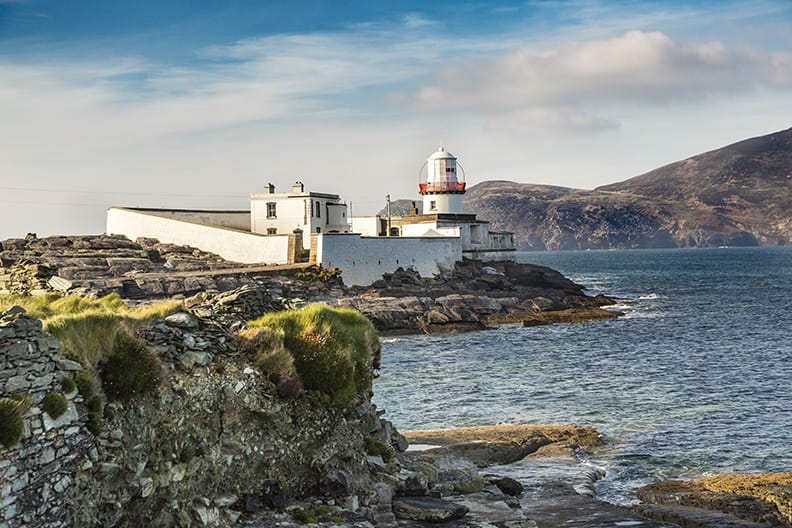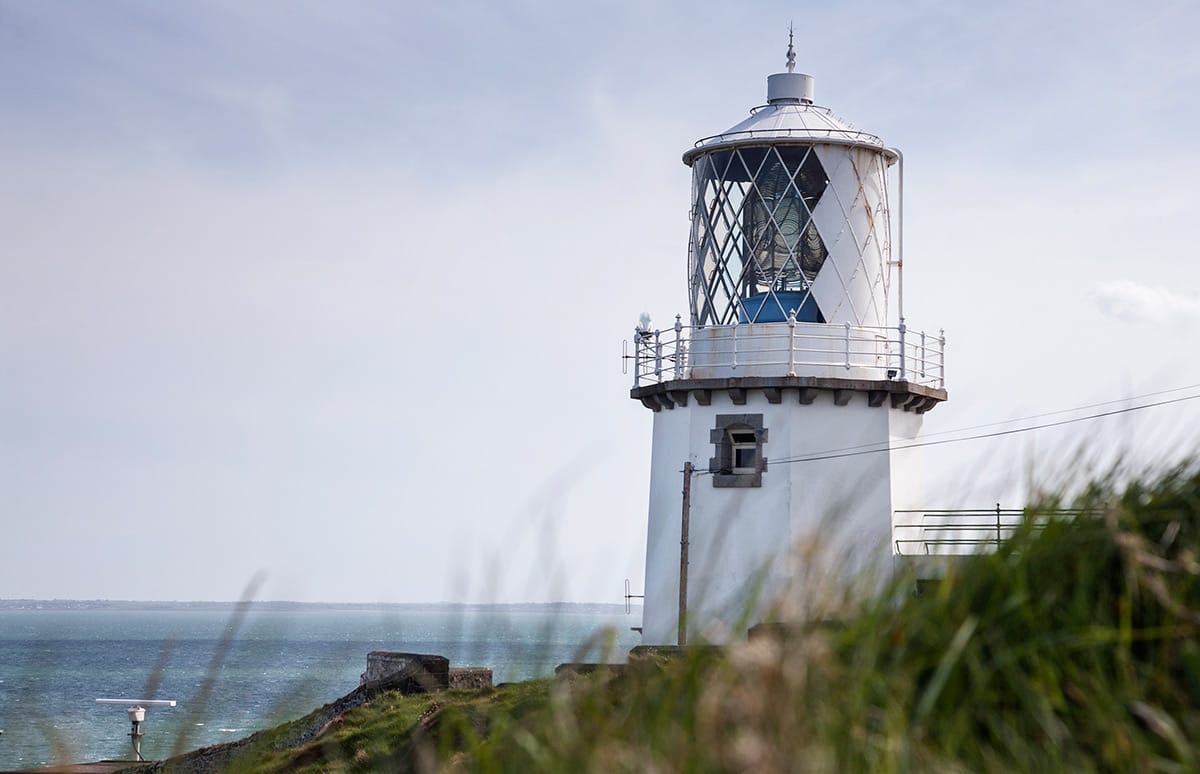Guiding Lights
Beacons of hope, lighting the way home.
Centuries of Illumination
Lights have shone out around the coast of Ireland every night, without fail, for centuries. Each light is different, with a distinctive pattern of flashes that becomes part of the night time landscape for people living nearby. For mariners they are landmarks that light the way home.
At night sailors would scan the horizon looking for the flashes to pinpoint exactly where they were. One flash every two seconds would mean that they were near Valentia Island off the coast of Kerry on the west of Ireland. Four flashes every 20 seconds meant that they were further north, approaching Loop Head in County Clare. By day, they would look for ‘daymarks’ – the unique combination of colours painted on the lighthouse tower. They’d spy Hook Head's prominent white tower with two black bands off the County Wexford coast or catch sight of St John’s Point Lighthouse in County Down, with its arresting black and yellow markings.

In those days the lights were a lifeline and the lighthouses and their keepers were vital to the international community of sailors. It would be easy to imagine that all that has changed in the modern world of radio, radar and GPS. And, of course there have been huge advances in technology, but the lighthouses themselves are still a vital aid to navigation for all ships and sailors in Irish waters. The long-standing motto of the Commissioners of Irish Lights, In Salutem Omnium or For the Safety of All, is as apt today as it was on its 1867 founding.

Automation
The vital work of keeping the lights working night after night is now done remotely. The lighthouses are no longer manned but are monitored and controlled by experts (often many miles away) thanks to technological advances. Today’s lighthouse staff, like modern sailors, have an array of screens giving constantly updated information on the lights and how they are functioning.
The data they receive is not just concerned with the lighthouses but with all the Aids to Navigation around the coast. Lighthouses are part of an information web for modern shipping. Because of their prime locations many lighthouses host transmitters for the most sophisticated and up-to-date technology available, such as DGNSS (Differential Global Navigation Satellite System), Racon or AIS (Automatic Identification System).
The technology in Ireland’s lighthouses has changed enormously during the 21st century. The nights of pacing the stairs and winding the weights to keep the light blazing have gone, but the commitment to maintaining the lights and the building that house them is as strong as ever. The Commissioners of Irish Lights and the lighthouses they manage will continue to keep mariners around the coast of Ireland safe and secure for many more years to come.


